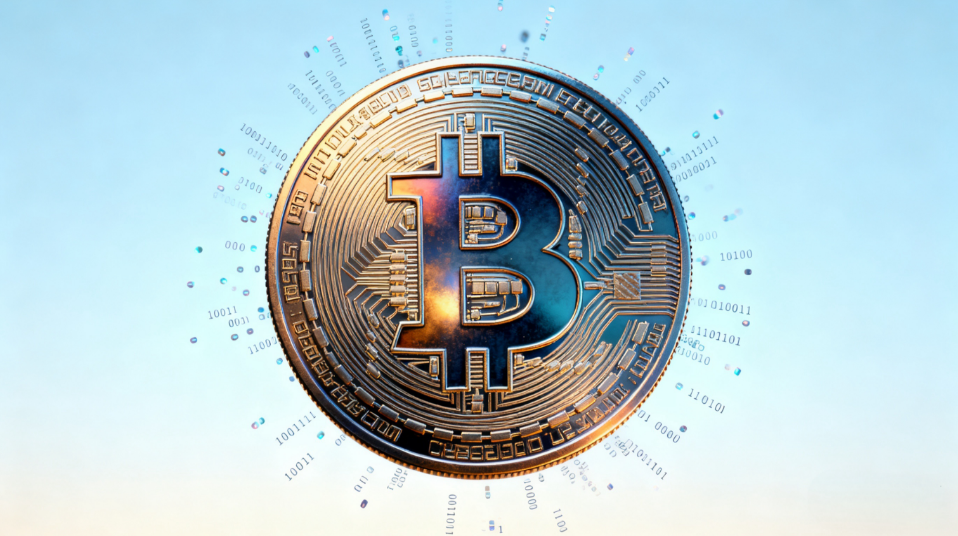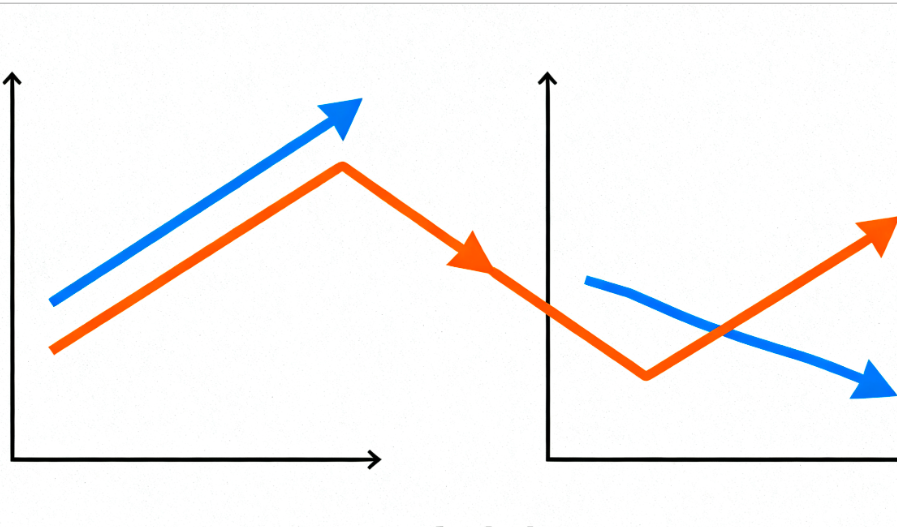
On October 1, the Hong Kong Monetary Authority (HKMA) disclosed to the public that as of September 31, a total of 36 entities, including banks and tech giants, had submitted stablecoin license application materials and entered the HKMA's review process. The first batch of licensees is expected to be announced in early 2026. According to information from public channels, the number of licensees in the first batch will be small, limited by the HKMA to single digits (referencing the model of the first VATP licenses issued by the Hong Kong Securities and Futures Commission, where issuing just one or two licenses wouldn't be surprising). This means the vast majority of applicants will not be able to "leap over the Dragon Gate."
Today, Sister Sa's team will discuss with everyone the potential impact this competition for stablecoin licenses might have on the industry.
36 Entities Pass the First Hurdle, Half Have Already "Failed Before Starting"
Although the HKMA disclosed on October 1 that 36 entities had entered the review process, it did not make the specific list public. The main reason for non-disclosure, as the HKMA had previously emphasized, is: "Expressing interest or submitting a stablecoin license application, as well as communication between the HKMA and relevant institutions, is merely part of the license application process and does not constitute approval of any institution, nor is it any endorsement of its prospects for obtaining a license." Therefore, to prevent certain entities from making inappropriate promotions that could mislead the public, the HKMA has chosen not to publicize the list.
Since the introduction of Hong Kong's "Stablecoin Ordinance" and the clarification of license application conditions, Sister Sa's team has communicated with regulators and multiple sources, repeatedly emphasizing in previous articles: Based on the positioning of stablecoins as important financial infrastructure, only giants in finance, technology, retail, and other industries with large scale, broad business, and good qualifications have hope of "making it ashore" in the initial stages of license issuance. Simply put, this is not a game for ordinary companies.
The news released by the HKMA now confirms our speculation.
On September 1, not long ago, the HKMA revealed that it had received 77 stablecoin license application materials as of August this year. The entities submitting applications included: banks, technology companies, securities/asset management/investment companies, e-commerce platforms, payment institutions, and Web3 unicorns, etc.
Now, in just one month, the 77 (at least) entities have been directly "halved" to 36. Combined with the HKMA's statement in September: "We have successively arranged meetings with institutions that expressed interest (in applying for a stablecoin license), hoping that communication during this period will help these institutions seriously assess the necessity and maturity of their stablecoin issuance plans, thereby deciding whether to submit a formal application." It can be inferred that during the initial screening stage, the HKMA likely already "persuaded to withdraw" half of the applying entities, including many well-known giants that initially announced their stablecoin applications to the market with great fanfare. The intensity of the competition and the high compliance requirements for the first round of stablecoin licenses are evident.
This reminds Sister Sa's team of previous market rumors that a blockchain company under JD.com and a digital technology company under Alibaba withdrew from the first batch of license applications due to excessively high compliance requirements and immature timing for application. Looking at it now, the rumors may not be unfounded. Temporarily stepping back might be a wise move. After all, sharpening the axe won't delay the cutting of firewood. Since the first batch of licenses is inherently small, it might be better to stand aside and see how others handle this "crab."
Who Has a Better Chance for the First Batch of Stablecoin Licenses?
As mentioned before, based on its consistent cautious attitude, the HKMA has determined that the first batch of stablecoin licenses issued will be in single digits. So, among the many applicants, who has a better chance?
Sister Sa's team believes that the first batch of licensed institutions will likely be large state-owned banks, or consortiums of banks + retail/ banks + tech giants.
Based on the information disclosed by the HKMA, the 36 stablecoin license applicants are mainly banks, tech giants, financial institutions, and some Web3 companies. This structure also aligns with market expectations for initial applicants, as the three giants in the stablecoin sandbox have already充分 demonstrated the preferences of the Hong Kong regulators.
In fact, according to the "Stablecoin Ordinance," the application standards for a Hong Kong stablecoin license are not difficult; even a moderately capable company could meet them with effort. Sister Sa's team briefly summarizes them as follows:
If we only look at paper strength, Sister Sa's team believes that not only the 36, but even the other 41 that were persuaded to withdraw definitely have the strength to meet the above requirements. Unfortunately, many game rules are not simply written on paper.
The reason Sister Sa's team is optimistic about banks is based on the fundamental skills of traditional financial institutions in anti-money laundering and 24/7 security monitoring construction. This is mainly because, in the eyes of regulators, stablecoins are not a "product" but important financial infrastructure related to the future of Hong Kong and even our country's finance. This注定 that licensed stablecoin issuance must primarily be "compliant issuance," not "decentralized issuance and autonomous circulation." Therefore, tech giants like JD.com and Alibaba, while not lacking in technology or market, cannot compare with traditional financial institutions like banks in terms of financial security, especially massive and精细 KYC, anti-money laundering and counter-terrorist financing, and round-the-clock monitoring.
At the same time, the relevant HKMA is, after all, the "亲妈" of traditional financial institutions like banks, is very familiar with various banks, and has a good foundation of trust. Tech giants still have a slight feeling of being "someone else's child"; persuading the HKMA in the short term is not easy, especially since financial security is of utmost importance, and trust takes time to build.
Of course, it's not that tech giants have no "shortcut" to quickly enter the game; forming a consortium is a feasible option. Taking the consortium of Standard Chartered Bank (Hong Kong) Limited + Animoca Brands + HKT as an example, the consortium formed by these three has successfully entered the Hong Kong stablecoin sandbox for testing.
Standard Chartered goes without saying; it's one of Hong Kong's three note-issuing banks, with no shortcomings in AML compliance. Partners should be quite familiar with HKT; it's a well-known telecommunications infrastructure provider in Hong Kong, whose basic services like local telephony and broadband access cover nearly 90% of Hong Kong households. The public might be less familiar with Animoca Brands. It actually started as an IP mobile game company, building its reputation early on through collaborations with many globally renowned IPs. Around 2020, when NFTs and GameFi were hottest, it entered the Web3 blockchain gaming space and has done quite well. Such a tripartite consortium covers various factors favored by regulators, such as financial security, market, technology, and users, so it's no surprise it was the first entity to enter the stablecoin sandbox.
Final Notes
Finally, Sister Sa's team wants to clarify two concepts for everyone: stablecoin licenses and the stablecoin sandbox.
Many mistakenly believe that entering the stablecoin sandbox is a prerequisite for obtaining a license, or that entering the sandbox guarantees a license. In fact, both views are incorrect. The HKMA's positioning of the sandbox is "a window for dialogue between regulators and the market in the early stages of stablecoin development,"通俗地说, similar to a guinea pig. Therefore, the HKMA has long made it clear that there is no direct causal relationship between the sandbox and licensing. Entering the sandbox does not mean obtaining a license, nor does it even mean a higher probability of obtaining one. Ultimately, it depends on whose final solution is more compliant and capable of sustained compliance.
Of course, the three entities in the sandbox certainly have a first-mover advantage. After all, while others are still in the design phase, these three have already issued their coins for testing. It's likely they will have a place for a "license" in the future.
















